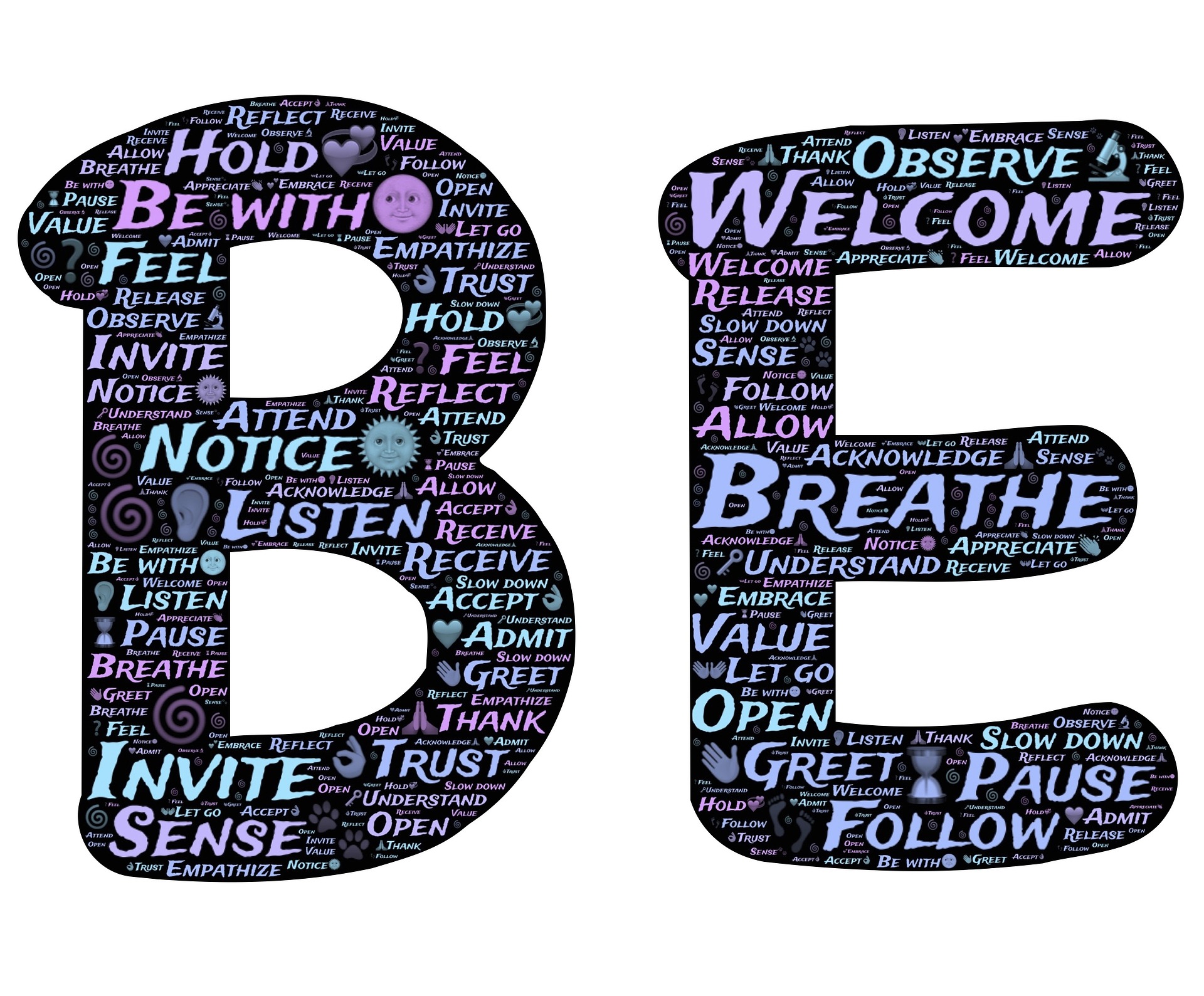
Reading Time: 2:17
I am a night owl and often catch bits and pieces of a lot of the late-night shows. One show in particular, made quite an impression on me.
On May 12, 2016, one of Jimmy Fallon’s guests was Meghan Trainor. She sang at the end of the show and what he did at the conclusion of the song impressed me so much. It was an unscripted demonstration of empathy for another individual. I never saw anything quite like that on television.
If you would like to see the clip, here is the link: https://www.youtube.com/watch?v=r7fk0YE78Is
At the end of the song, and after performing some complicated choreography, Meghan falls. Jimmy’s response could have been to just help her up and show concern, or even make a joke about her falling. But, his unexpected response diffused a moment that could have been very embarrassing for Meghan. He just laid down on the floor beside her. It was a warm, human, and caring demonstration. I couldn’t think of a better response for the situation.
That action exemplifies empathy. The definition of empathy is the ability to understand and share the feelings of another. It is showing a person that you are there for them and to let them know they are not alone. It is listening with kindness and compassion.
When dealing with others, empathy is an undervalued trait. Empathy drives connection. And connection is vital to a successful practice and a meaningful life. Being empathic is a worthwhile skill to develop if you don’t already possess it.
When patients are afraid or difficult, empathy can calm them. Telling a patient that you have had similar feelings, and even giving an example, can create a bond and connection between you and the patient. This allows them to feel better and not so overwhelmed and self-conscious.
If a patient or staff member is describing a personal crisis (illness, divorce, death in the family, etc.), demonstrating empathy means you listen, recognize what they are feeling and show that you care. You can’t fix the problem, but by acknowledging their pain and suffering, you let them know that they are not alone.
When a staff member has made a mistake, or is not performing up to standards, empathy allows you to demonstrate your concern and desire for them to improve and succeed.
Still not convinced, consider the alternatives. Trying to ignore an awkward or uncomfortable situation definitely doesn’t work. In fact, it may even escalate the underlying problem. Telling someone who is anxious or stressed what you think they should do or feel is a disaster. They already feel embarrassed or like a failure, and you expressing your opinion will only upset them more.
Expressing sympathy won’t work either. Neither will judging someone, showing disappointment, or acknowledging that the shame and discomfort are deserved. When trying to decide how to react when you encounter these types of situations, think about the response you would want from someone if you were the one in the difficult situation and act accordingly.
The best, and only, answer is empathy. You don’t have to lay down on the floor with them like Jimmy Fallon. It doesn’t have to be that dramatic. Just listen and care. Be genuine. Don’t try to fix it for them, because you can’t, but support them instead. Tell them you are there for them. Let them know they are not alone.
Do you have any examples of how empathy helped you through an awkward moment? Share your comments below.


